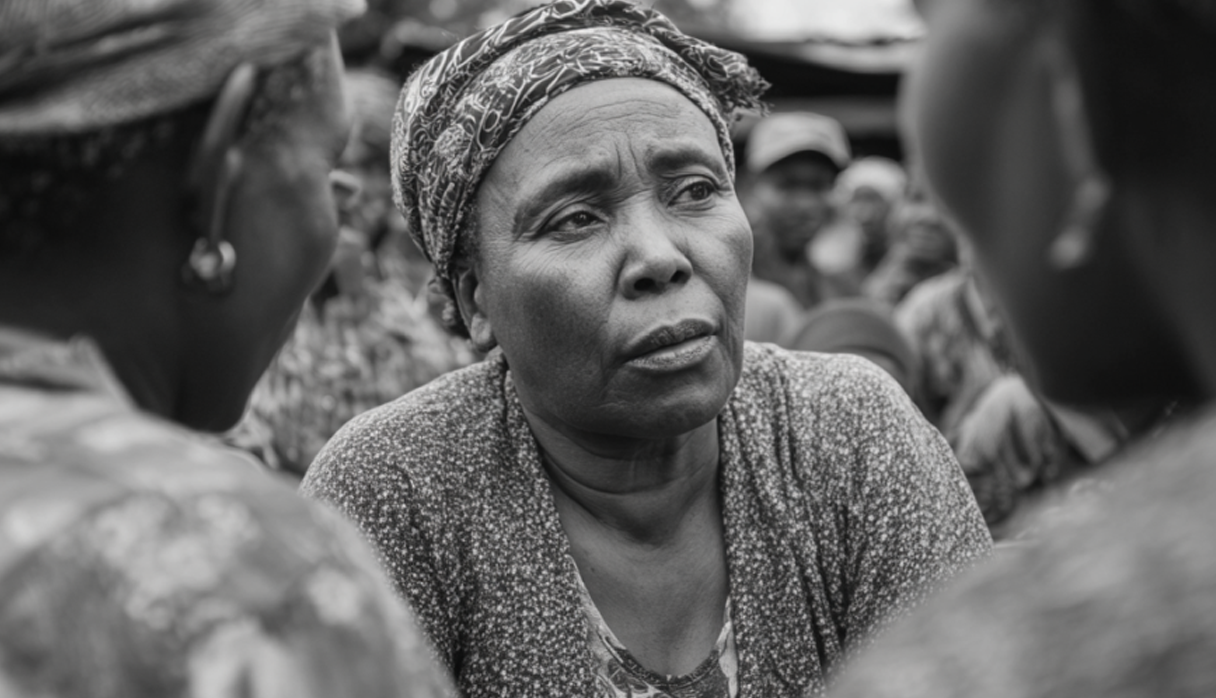Women’s Roles in Peace-Making in the Somali Community in North Eastern Kenya


In north-eastern Kenya, where many Somali communities settled, conflict has long been fueled by clan rivalries, competition over resources, and the effects of Somalia’s civil war spilling across borders. In this unstable environment, women emerged as vital contributors to peace-making. While formal political structures and reconciliation processes were dominated by men, women found ways to influence peace from the ground up.
Women took on roles as mediators and negotiators, stepping into disputes between clans and families. Drawing on their dual clan connections and cultural authority, they were able to cross boundaries and open channels of dialogue that were often closed to men. Women also organized community peace meetings, sometimes working alongside male elders but frequently creating their own women-led peace groups that advocated reconciliation.
Cultural traditions played an important part in these efforts. Women employed poetry, songs, and oral storytelling to highlight the costs of violence and to encourage unity. They framed peace in terms of its everyday importance for families — emphasizing how conflict harmed children, disrupted households, and undermined community well-being.
Despite these significant contributions, women were rarely included in official political decision-making. Their efforts were recognized informally at the community level but excluded from the structures of formal governance. Even so, their grassroots work proved indispensable in sustaining peace.
Through their leadership and creativity, Somali women in north-eastern Kenya demonstrated that peace is not only built in official negotiations but also in daily acts of mediation, persuasion, and cultural expression. They showed that women, though often marginalized in politics, were central to the survival and reconciliation of their communities.